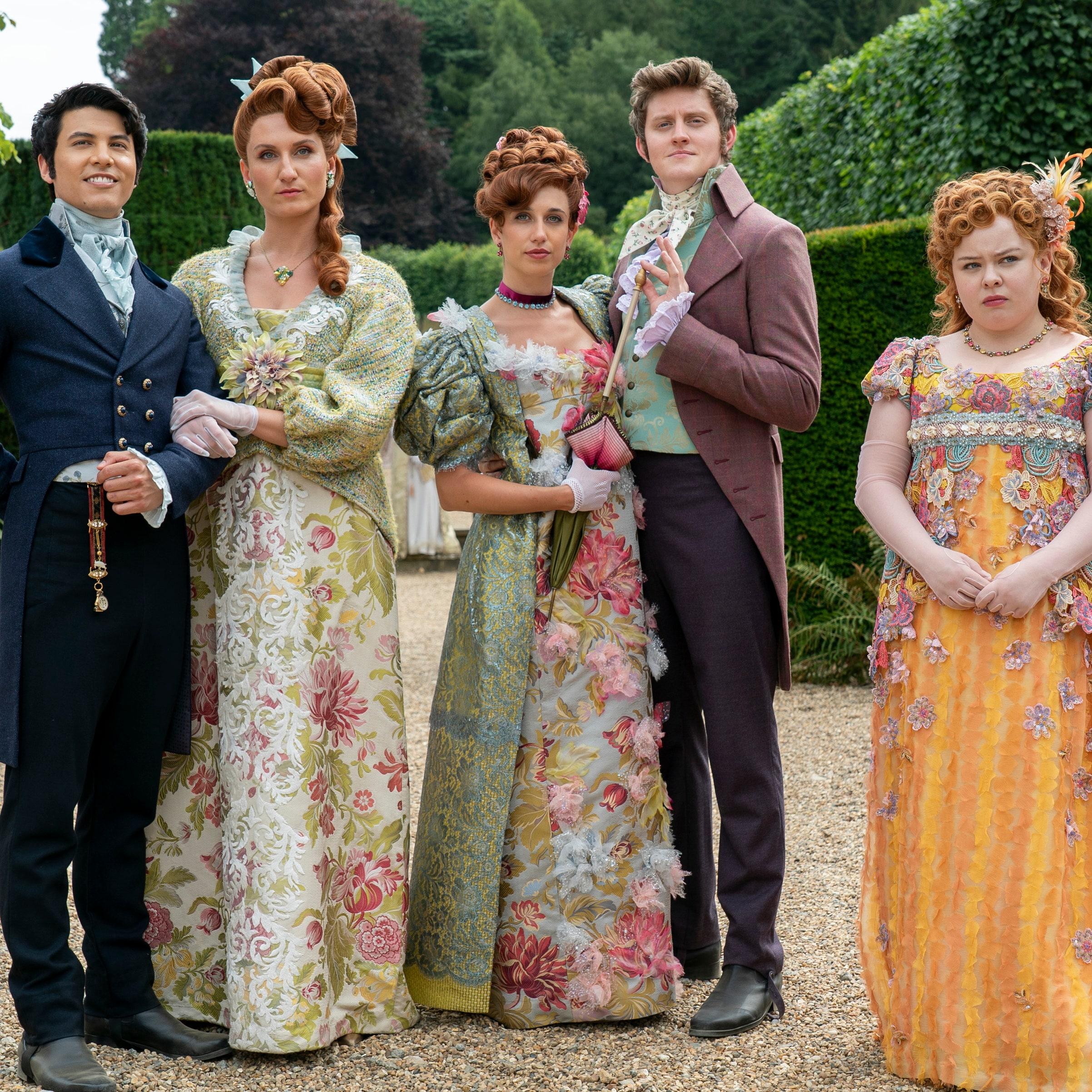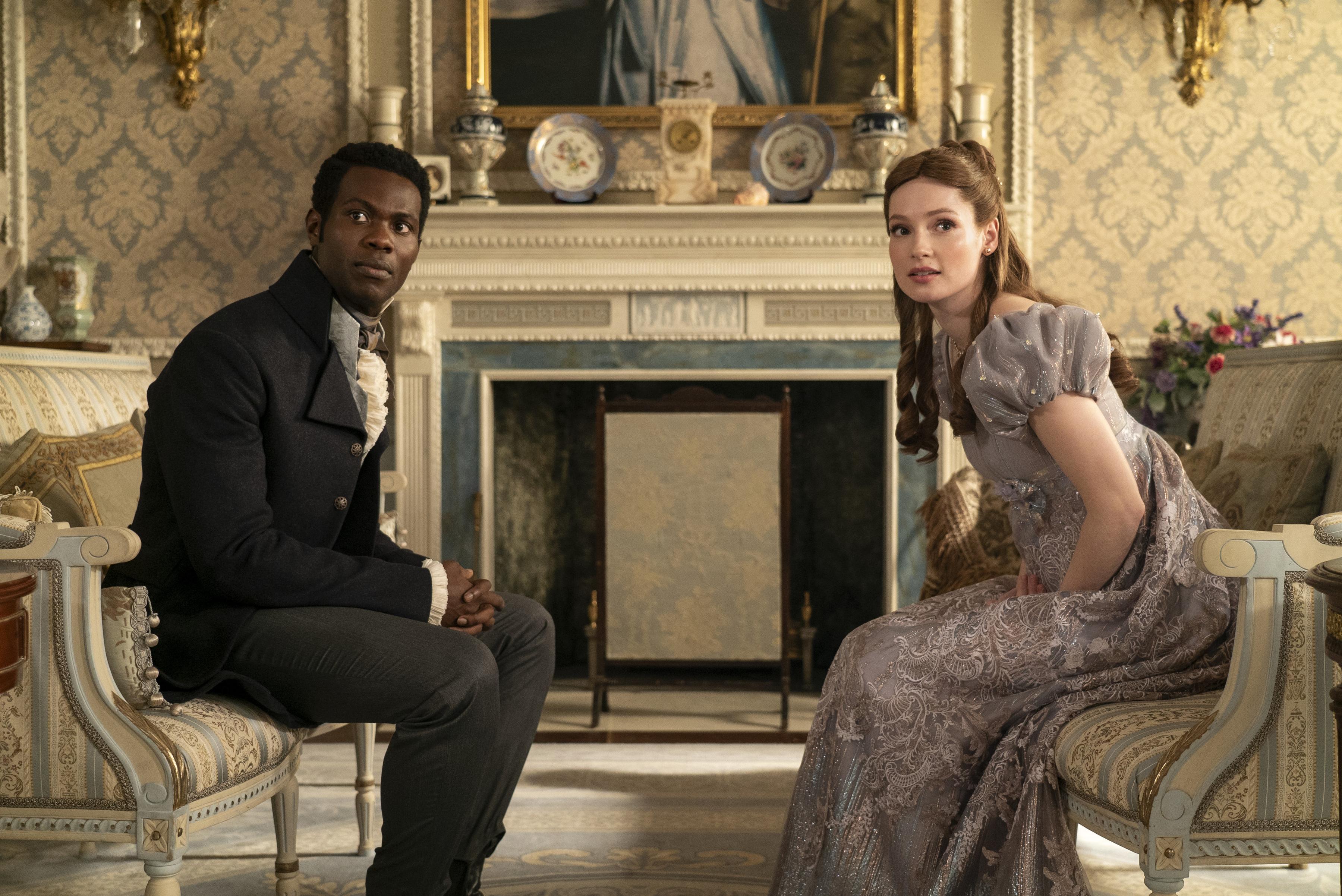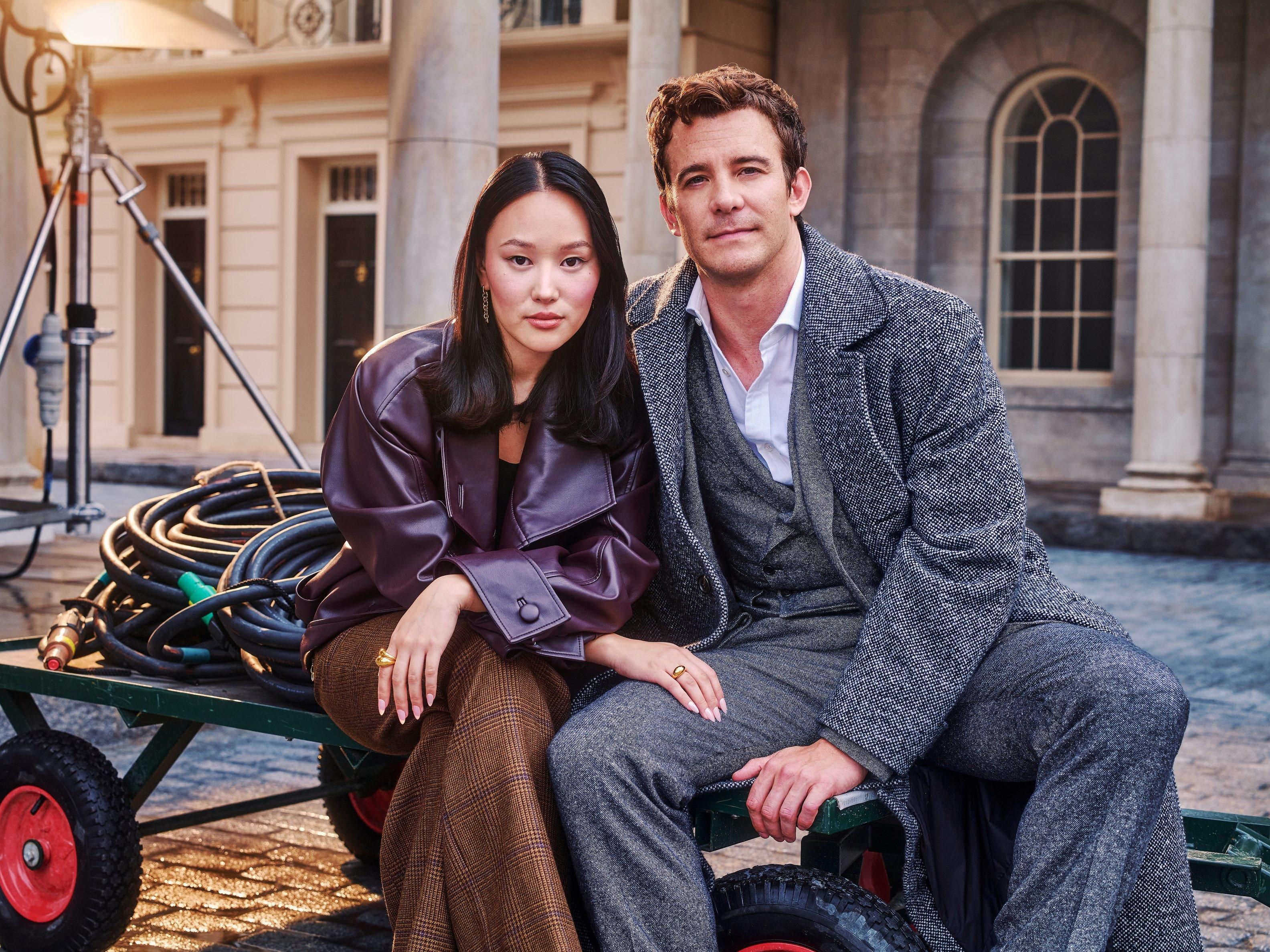In recent years, the realm of historical fiction has witnessed a bold and transformative reimagining of race, most notably exemplified by the popular Netflix series “Bridgerton.” Set against the backdrop of Regency-era England, a period traditionally portrayed through a monochromatic lens, “Bridgerton” defies conventional narratives by presenting a racially diverse aristocracy. This audacious re-envisioning challenges the long-held perceptions of historical authenticity and invites viewers to reconsider the possibilities of inclusion within period dramas. While the series has been lauded for its innovative approach to representation, it also raises critical questions about the balance between historical accuracy and creative license. By examining the implications of this racial reimagining, we can explore the broader impact of “Bridgerton” on the genre of historical fiction and its potential to reshape our understanding of the past.
Challenging Historical Accuracy in Bridgertons Racial Dynamics
In the world of Bridgerton, the creators take bold steps to challenge the conventional narratives of racial dynamics within historical fiction. By deliberately casting people of color in roles that defy the traditional constraints of period dramas, the series reshapes the audience’s perception of history. This reimagining serves not only as a creative choice but also as a critical commentary on the historical exclusion of diverse stories and perspectives. The show’s approach invites viewers to question the accuracy and limitations of historical representations, urging a reconsideration of how history is portrayed in popular media.
- Redefining Aristocracy: Characters of diverse racial backgrounds are placed in positions of power and influence, challenging the homogeneous portrayal of nobility.
- Exploring Alternative Histories: The narrative introduces the possibility of a more inclusive past, where racial diversity is acknowledged and celebrated.
- Encouraging Dialogue: By presenting a multi-racial Regency era, the show sparks conversations about race, representation, and the artistic liberties in historical storytelling.

The Role of Color-Conscious Casting in Bridgertons Narrative
Color-conscious casting in Bridgerton plays a pivotal role in reimagining the racial dynamics of the Regency era, a time traditionally depicted as monocultural in mainstream historical narratives. By deliberately casting actors of color in roles of power and influence, the series challenges the entrenched perceptions of race in historical fiction. This casting choice serves not only as a narrative tool but also as a commentary on the limitations of historical accuracy when it perpetuates exclusionary practices.
Key aspects of color-conscious casting in Bridgerton include:
- Character Reinterpretation: Figures such as Queen Charlotte are portrayed by actors of color, suggesting a lineage that diverges from historical records but adds depth to the fictional world.
- Power Dynamics: The presence of racially diverse characters in high society alters the traditional power structures, offering a fresh perspective on societal hierarchy.
- Social Commentary: The series uses its diverse cast to engage with contemporary discussions on race and representation, highlighting the importance of inclusivity in media.

Analyzing Bridgertons Impact on Modern Historical Fiction
The Netflix series Bridgerton has undeniably reshaped the landscape of modern historical fiction by introducing a reimagined narrative where race plays a significant yet nuanced role. This innovative approach challenges traditional genre conventions and encourages a reevaluation of historical narratives. Through its vibrant portrayal of a racially diverse Regency-era London, the show invites audiences to consider the possibilities of a more inclusive past, questioning long-held assumptions about the historical accuracy of such portrayals.
- Recasting Historical Figures: By diversifying the cast, Bridgerton presents an alternate history where people of color hold positions of power and influence, offering a fresh perspective on societal structures.
- Social Commentary: The series subtly critiques historical and contemporary racial dynamics, encouraging viewers to reflect on how history is often a construct of those in power.
- Challenging Genre Norms: By integrating race in a way that doesn’t overshadow the story, Bridgerton broadens the scope of historical fiction, paving the way for more diverse storytelling.
While some may argue that this reimagining risks oversimplifying complex historical realities, it simultaneously opens up conversations about representation and the roles of people of color in history. As historical fiction continues to evolve, the impact of Bridgerton serves as a reminder of the genre’s potential to not only entertain but also educate and inspire change.

Recommendations for Future Historical Dramas Inspired by Bridgerton
Bridgerton has opened new avenues for storytelling in historical dramas by embracing a racially inclusive cast. To continue this progressive trend, future productions can consider several strategies. First, explore diverse historical periods and settings beyond the typical European aristocracy. By doing so, dramas can showcase a broader spectrum of cultures and historical narratives that have been overlooked.
Furthermore, it’s crucial to integrate authentic cultural elements into the narrative to enrich the storytelling. This could involve consulting with historians and cultural experts to ensure that representations are respectful and accurate. Foster diverse creative teams behind the scenes as well, from writers to directors, to bring unique perspectives and voices to the forefront. Additionally, using modern music and fashion, as Bridgerton does, can help to make historical settings feel more relatable and engaging for contemporary audiences.
Wrapping Up
“Bridgerton” serves as a provocative reimagining of race within the realm of historical fiction, challenging traditional narratives and prompting viewers to reconsider the rigid boundaries of historical accuracy. By weaving a racially diverse cast into the fabric of Regency-era London, the series invites a broader dialogue about representation, identity, and inclusivity in media. While it has sparked a spectrum of responses—ranging from praise for its bold approach to critiques of its historical liberties—its impact on the genre is undeniable. As “Bridgerton” continues to captivate audiences, it underscores the evolving nature of storytelling and the power of fiction to reflect and reshape societal norms. Whether viewed as a groundbreaking triumph or a contentious reinterpretation, its contribution to the discourse on race in historical fiction remains a significant cultural touchstone.
